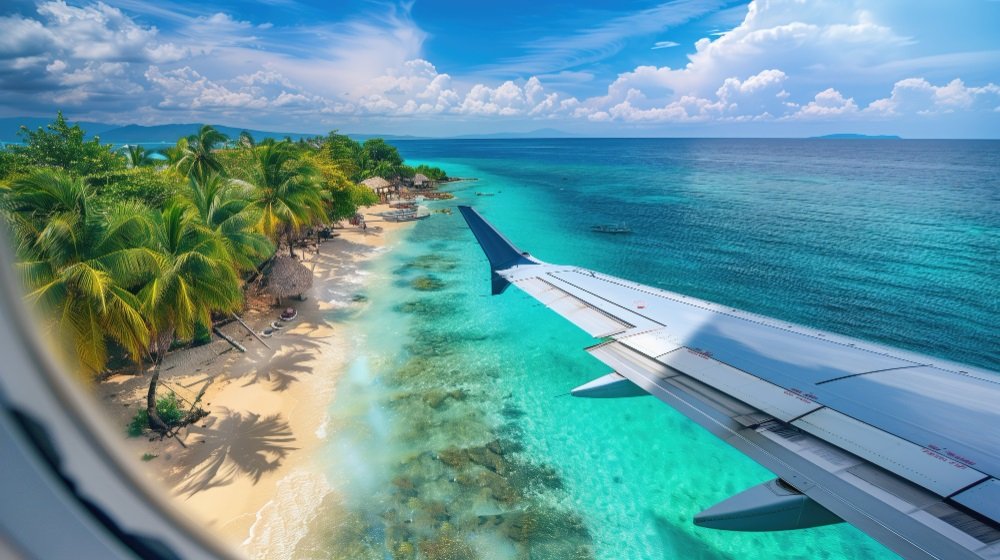Planning a trip to Iceland? Choosing the right time to visit can make all the difference in your experience. Iceland’s dramatic landscapes, from glaciers and volcanoes to waterfalls and hot springs, are stunning year-round, but each season offers a unique set of attractions and conditions.
Get ultimate traveler plannerOverview
This guide will explore the best time to visit Iceland based on your interests, whether you’re seeking the Northern Lights, midnight sun, hiking trails, or simply pleasant weather. We’ll delve into the seasonal variations, highlighting the pros and cons of each to help you make an informed decision.
Seasonal Highlights
- Summer (June-August):
- Midnight sun
- Warmest temperatures
- Ideal for hiking and outdoor activities
- Longer daylight hours
- Autumn (September-November):
- Northern Lights viewing opportunities
- Fewer crowds
- Stunning autumn colors
- Winter (December-February):
- Prime time for Northern Lights
- Winter wonderland scenery
- Ice caves and glacier hiking
- Spring (March-May):
- Melting snow reveals waterfalls and landscapes
- Puffins return to the coast
- Fewer crowds than summer
When is the Best Time to Visit Iceland?
Iceland, the land of fire and ice, offers a unique and captivating travel experience year-round. However, the best time to visit depends largely on your interests and preferences. Each season brings its own distinct charm and opportunities for adventure.
Summer (June-August)
Weather
Summer in Iceland is characterized by long daylight hours, with the midnight sun illuminating the landscape even at night. Temperatures are mild, ranging from 10-15°C (50-59°F).
Activities
- Hiking and trekking on glaciers and mountains
- Whale watching
- Exploring the iconic Golden Circle
- Camping under the midnight sun
Considerations
Summer is the peak tourist season, so expect higher prices and more crowds.
Autumn (September-October)
Weather
Autumn brings shorter days and cooler temperatures, with occasional rainfall. Expect temperatures around 5-10°C (41-50°F).
Activities
- Witnessing the stunning autumn foliage
- Northern Lights viewing begins
- Hiking in less crowded trails
- Exploring geothermal pools and spas
Considerations
Some hiking trails and tours may be unavailable due to weather conditions. (See Also: Best Time To Visit Saudi Arabia)
Winter (November-March)
Weather
Winter in Iceland is characterized by long, dark nights and cold temperatures, averaging -2 to 3°C (28-27°F). Snowfall is common, creating a magical winter wonderland.
Activities
- Northern Lights viewing at its peak
- Ice caving tours
- Dog sledding and snowmobiling
- Relaxing in geothermal pools and spas
Considerations
Driving conditions can be challenging due to snow and ice.
Spring (April-May)
Weather
Spring in Iceland brings milder temperatures and increasing daylight hours. Expect temperatures around 5-10°C (41-50°F).
Activities
- Witnessing the return of wildlife
- Hiking in blooming landscapes
- Exploring waterfalls and glaciers
- Birdwatching
Considerations
Some roads and attractions may still be closed due to winter conditions.
Table: Best Time to Visit Iceland for Specific Activities
| Activity | Best Time |
|—|—|
| Hiking | Summer, Spring, Autumn |
| Whale Watching | Summer |
| Northern Lights Viewing | Autumn, Winter |
| Ice Caving | Winter |
| Dog Sledding | Winter |
Ultimately, the best time to visit Iceland is a matter of personal preference. Whether you seek the warmth of summer, the magic of winter, or the vibrant colors of autumn, Iceland offers a truly unforgettable experience. (See Also: Best Time To Visit Williamsburg Va)
In conclusion, Iceland offers a unique travel experience year-round, with each season boasting its own distinct charm and appeal.
Summer, from June to August, is ideal for those seeking long daylight hours, warm temperatures, and access to hiking trails and outdoor activities. Winter, from December to February, is perfect for witnessing the Northern Lights, enjoying winter sports, and experiencing the magical snowy landscapes. Spring and autumn, while less crowded, offer a balance of milder weather, fewer tourists, and the opportunity to witness Iceland’s dramatic natural beauty in transition.
Ultimately, the best time to visit Iceland depends on your personal preferences and the experiences you prioritize. Whether you crave the vibrant energy of summer, the ethereal beauty of winter, or the tranquility of shoulder seasons, Iceland promises an unforgettable journey.
Frequently Asked Questions: When’s the Best Time to Visit Iceland?
What’s the best time to see the Northern Lights in Iceland?
The best time to witness the mesmerizing Northern Lights in Iceland is during the winter months, from September to April. These months offer long, dark nights, which are essential for optimal viewing conditions.
When is the warmest time to visit Iceland?
If you prefer milder weather, the summer months (June to August) are the warmest in Iceland. Temperatures average around 10-13°C (50-55°F) during this time. (See Also: Best Time To Visit Huatulco Mexico)
Is Iceland crowded during the summer?
Yes, Iceland experiences a significant influx of tourists during the summer months. If you prefer a less crowded experience, consider visiting during the shoulder seasons (spring or fall).
What about the midnight sun? When can I see it?
The midnight sun, a phenomenon where the sun remains visible above the horizon for 24 hours, occurs in Iceland from late May to late July. It’s a unique experience perfect for those who enjoy extended daylight hours.
Are there any festivals or events I should know about?
Iceland hosts various festivals throughout the year, including the Secret Solstice music festival in June and the Reykjavik Arts Festival in May. Check the Icelandic tourism website for a comprehensive list of events.


